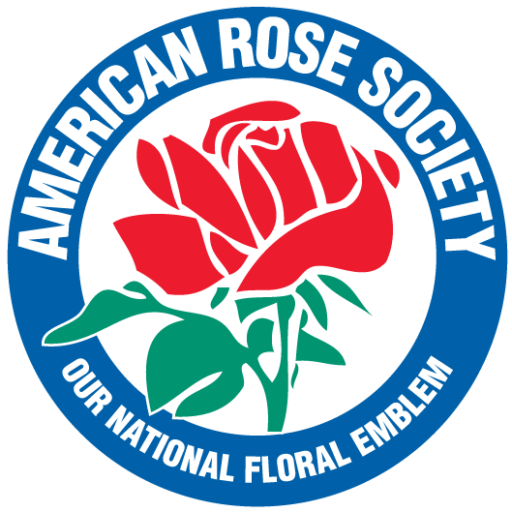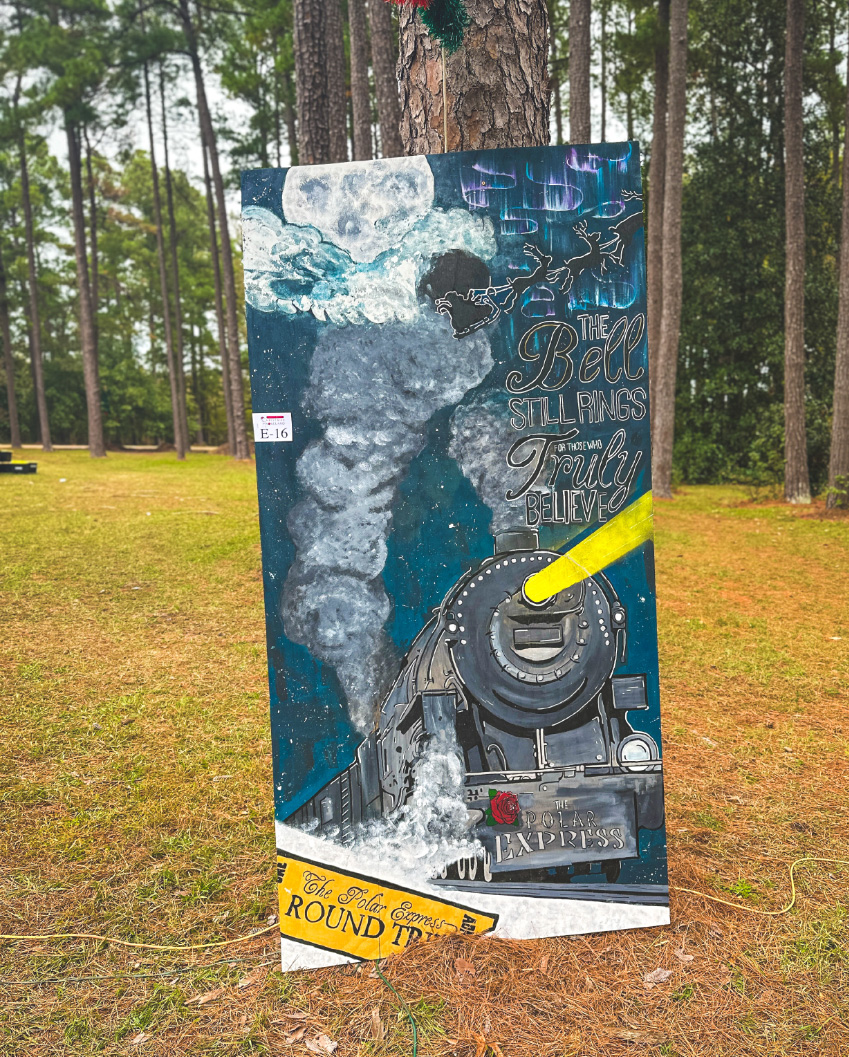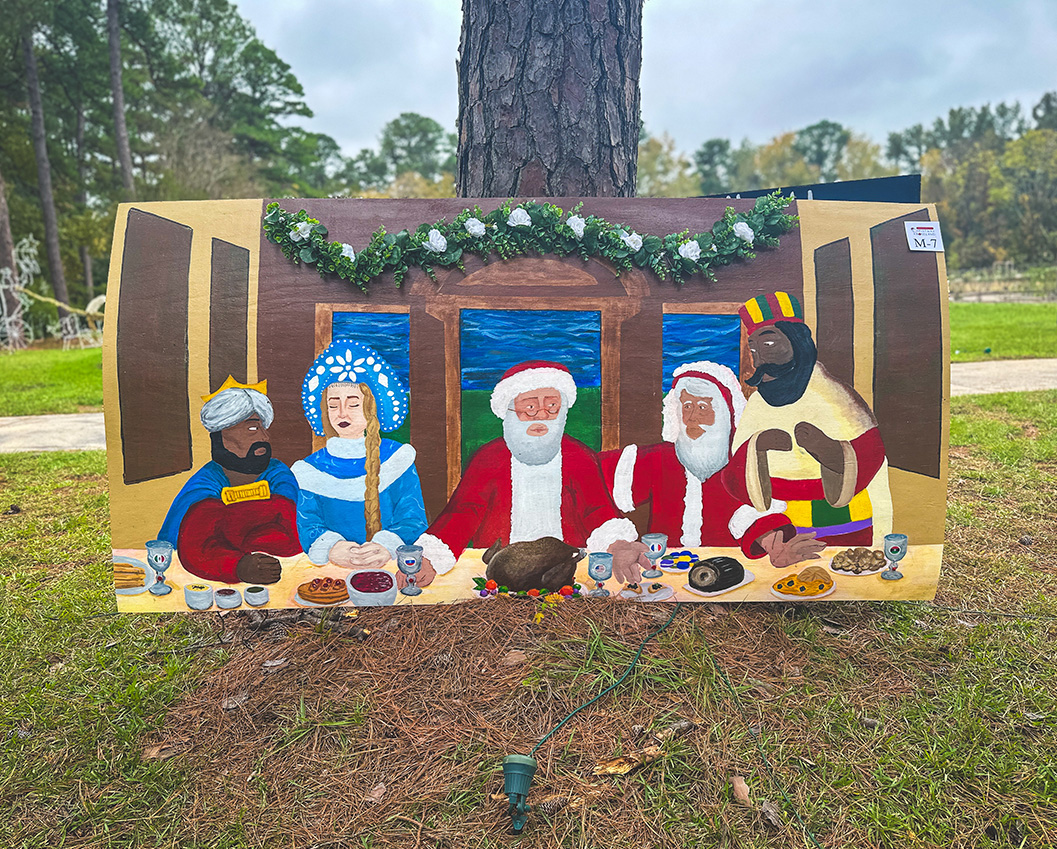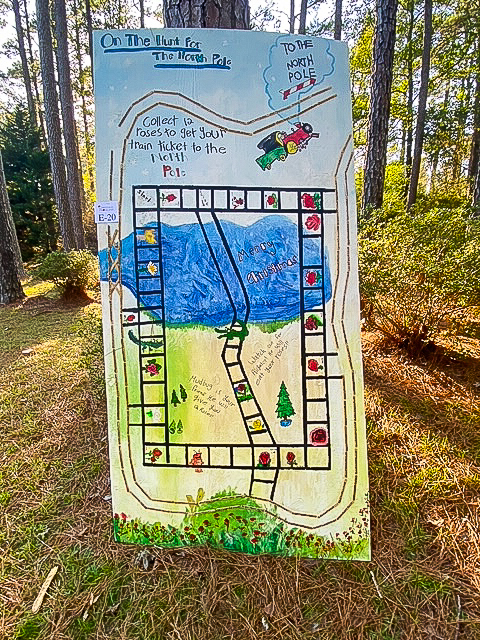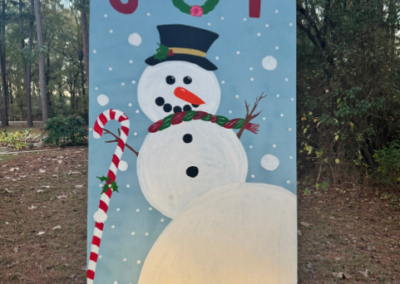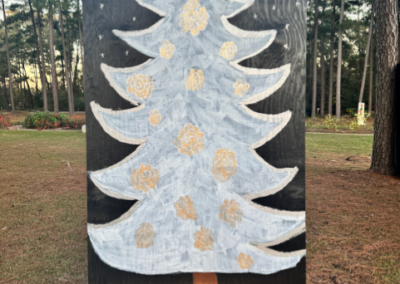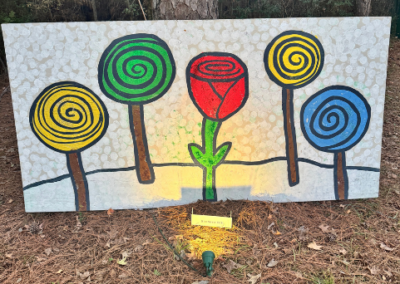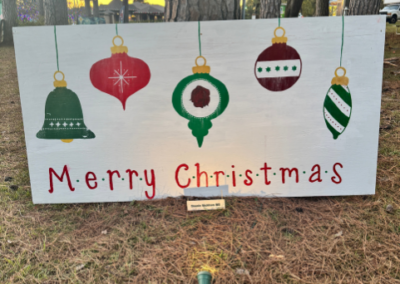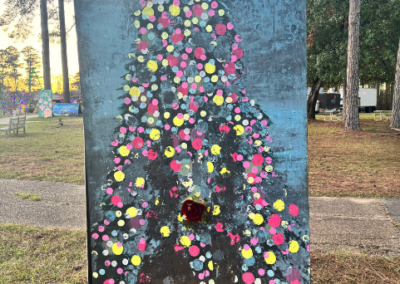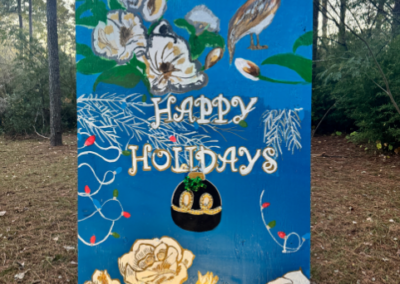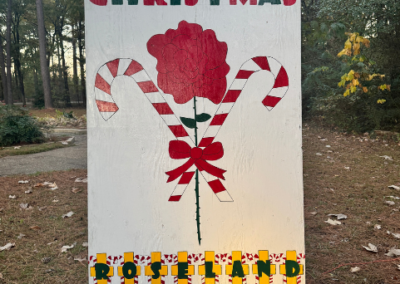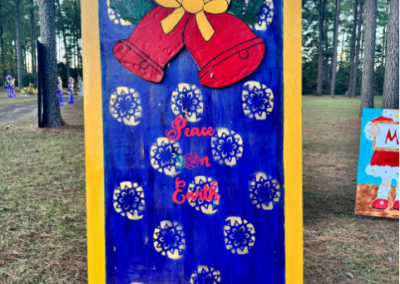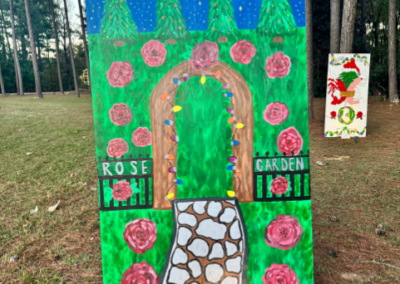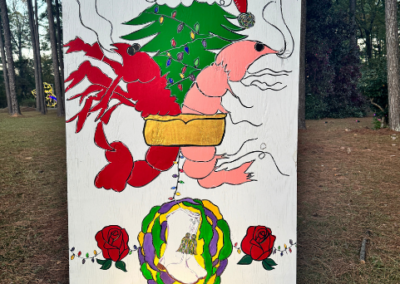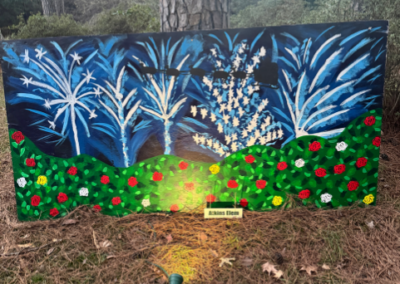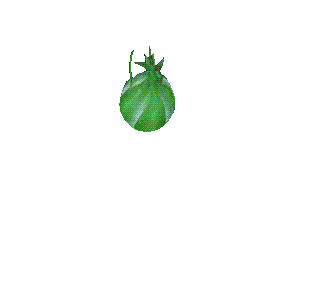When speaking about roses it makes it much easier if all of us use the same terminology. The following is a list of basic terms used to describe rose plant parts. It is a lot easier to understand what someone is talking about when they say “sepals” rather than “… you know, those little green things just under the flower …”
-
Anther – The upper portion of a stamen which contains the pollen sacs.
-
Apical Meristem – Non-maturing cells located at the tips of shoots and roots which produce the plant hormone auxin.
-
Auricle – The ‘ear-like’ projection found on the tip of the stipule.
-
Auxin – a plant hormone that regulates the bloom cycle for rose buds.
-
Axil – the angle on the upper side where the leaf and stem join.
-
Axillary – A term applied to buds or branches occurring in the axil of a leaf. These buds begin to grow after pruning or deadheading.
-
Bark – The outer layer of the stem of a rose.
-
Bud – An embryonic shoot that may eventually produce either flowers of foliage.
-
Bud Union – That area between the roots and the stems where the bud of the desired variety was grafted onto the rootstock.
-
Bract – A leaf unlike the ordinary leaves which is usually smaller or of a different shape, growing from the peduncle just below the flower.
-
Calyx – The first of a series of flower parts growing from the peduncle, composed of sepals, usually green and leaf-like.
-
Cane – The stem of a rose, either the main stem (which then becomes the trunk) or lateral stems or branches.
-
Carpel – An organ bearing ovules along its margins; part of a compound pistil.
-
Compound Leaf – A leaf composed of two or more parts or leaflets. Rose leaves are pinnately compound.
-
Corolla – The second of a series of flower parts growing from the peduncle, composed of petals.
-
Double – Referring to how many petals the rose has – usually between 25 and 45.
-
Filament – The stalk of the stamen which supports the anther.
-
Floral Tube – A cup-like structure formed by the fusion of the basal parts of the sepals, petals and stamens. Don’t call it a ‘calyx tube.’
-
Fruit – A ripe ovary containing seeds and any adjacent parts.
-
Hip – The fruit of the rose which contains the seeds.
-
Leaf – An organ arising laterally from superficial tissues of a shoot apex. It is usually flat and may be simple or compound.
-
Leaf Scar – A mark left on the stem where the leaf detaches. There is a bud just above each leaf scar.
-
Meristem – Tissue composed of cells that do not mature, but remain capable of further growth and division. Present in growing tips.
-
Mixed Buds – Buds that produce both leaves and flowers; usual type of bud on roses; present in leaf axils.
-
Ovary – The swollen basal portion of the pistil containing the ovules or seeds.
-
Ovule – A structure containing the embryo sac, nucellus, integuments and stalk. After fertilization this develops into seeds.
-
Peduncle – The main stem of a an individual flower or of a spray.
-
Pedicel – The stem of an individual flower in a spray.
-
Perianth – The collective term for the calyx and corolla (sepals and petals) combined.
-
Petal – One of the units of the corolla of the flower. Roses have from four to over 100 petals, depending on the variety.
-
Petaloid – A transitional phase between petals and stamens. Petalloids are visible in single and semi-double roses as deformed-looking petals in the center of the rose.
-
Petiole – The stalk of the leaf.
-
Petiolul – A subdivision of the petiole which connects the lateral leaflets to the petiole.
-
Pistil – The central organ of the flower composed of one or more carpels and enclosing the ovules.
-
Pith – The soft inner portion of a rose stem.
-
Pollen – The granules within the pollen sacs containing genetic information used for sexual reproduction.
-
Prickle – A spine-like superficial outgrowth of the stem. Roses have prickles, not ‘thorns.’
-
Roots – The underground parts of the rose used for support and to absorb water and nutrients.
-
Rootstock – The cultivated roots of a rose which will be implanted with a bud from another variety (grafting).
-
Semi-double – Referring to how many petals the rose has – usually 12 to 25.
-
Sepal – One of the units of the calyx. These are the green coverings of a flower bud that open to reveal the petals of the rose. Roses usually have 5 sepals.
-
Single – Referring to how many petals the rose has – usually four to eight.
-
Spray – Several flowers buds which arise from one peduncle and develop into many flowers on short pedicels.
-
Stamen – The organ of the flower producing pollen, composed of an anther and a filament.
-
Stigma – The top of the pistil, the part that receives the pollen grains.
-
Stipule – A leaf appendage that is usually present in roses on the petiole where it meets the stem.
-
Style – The part of the pistil that connects the ovary and the stigma.
-
Terminal – A term applied to buds occurring at the end of branches. The end or tip.
-
Thorn – A branch of a plant that becomes woody, hard and pointed. Cactus plants have thorns, locust trees have thorns. Rose do NOT have thorns as the ‘prickles’ on a rose do not develop from ‘branch’ tissue.
-
Trunk – The main stem of a rose, the cane that later produces all the side branches or lateral canes.
-
Vegetative Bud – A bud that produces only leaves and never flowers. Roses do NOT have vegetative buds.
